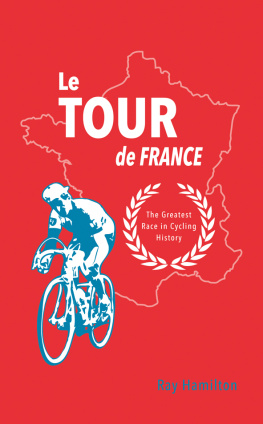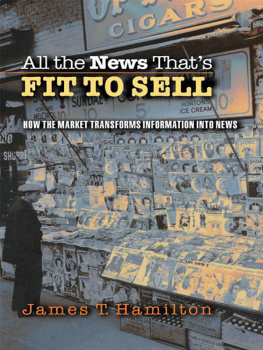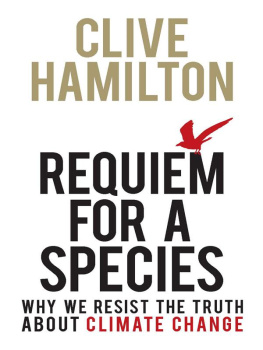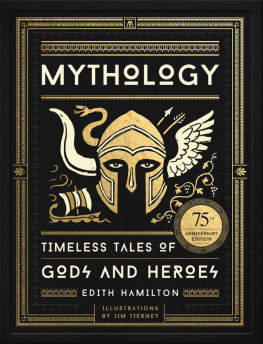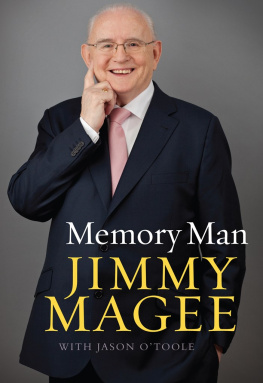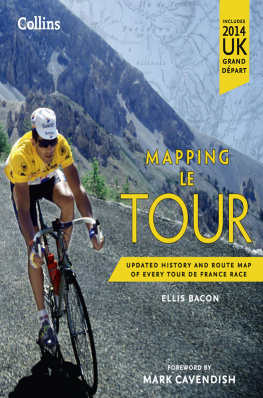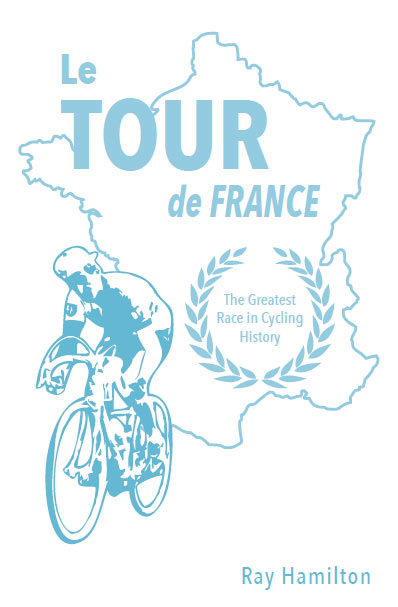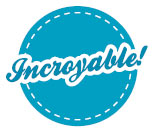LE TOUR DE FRANCE
Copyright Ray Hamilton, 2013
Illustrations Shutterstock
All rights reserved.
No part of this book may be reproduced by any means, nor transmitted, nor translated into a machine language, without the written permission of the publishers.
Ray Hamilton has asserted his right to be identified as the author of this work in accordance with sections 77 and 78 of the Copyright, Designs and Patents Act 1988.
Condition of Sale
This book is sold subject to the condition that it shall not, by way of trade or otherwise, be lent, re-sold, hired out or otherwise circulated in any form of binding or cover other than that in which it is published and without a similar condition including this condition being imposed on the subsequent purchaser.
Summersdale Publishers Ltd
46 West Street
Chichester
West Sussex
PO19 1RP
UK
www.summersdale.com
ISBN: 978-0-85765-965-1
Substantial discounts on bulk quantities of Summersdale books are available to corporations, professional associations and other organisations. For details contact Nicky Douglas by telephone: +44 (0) 1243 756902, fax: +44 (0) 1243 786300 or email: .
For Holly
Contents
Introduction
The Tour de France is the most famous, most anticipated and most exciting bicycle race in the world. It takes place annually over a three-week period across the roads of (mostly) France in a great, loosely fashioned loop through cities, towns and villages, along coasts and lakesides, across hills and mountains, and through a bewildering variety of rural landscapes. For good measure, the organisers provide by way of backdrop as many World Heritage Sites and chteaux as they can cram into the route, which in itself is never the same from one year to the next. It is, in short, everything the French Tourist Board could possibly wish it to be. As elaborate as that might sound, though, it barely scratches the surface. To really get up close and personal with the Tour, you need to look beyond its impressive size and scale and familiarise yourself with over a hundred years of history; with the complexity of the competitions within the competition; with the levels of fitness, speed and endurance attained by its superhuman participants; with the perpetual technological advances of the bikes and all the other equipment (even if riders do still stuff newspapers down their jerseys to stay warm on mountain downhills); with the massive scale of the logistical operations that underpin the race; with the quite dizzying media hype that swarms around its successes, failures and scandals; with the ever-increasing amounts of corporate advertising and sponsorship; with the French people's (justifiable) obsession with everything and anything to do with 'their' Tour; and with the extreme passion and interest which the race arouses in its millions of followers and spectators around the world.
This book attempts to capture all of that in a manner that is easy to digest and which will give clear insights into the many things that are going on at any one time during the race, both for those who are relatively new to the subject and for those who, like me, are already obsessed by the Tour de France and all its ups and downs.
And, yes, Lance Armstrong does get mentioned a few times.
Note: All results, records and statistics in this book are, to the best of my knowledge, correct as at the end of March 2013.
Chapter 1
La Grande Boucle
'As a test of physical and mental endurance, it has no equal It's the only race in the world where you have to get a haircut halfway through.'
Chris Boardman, three-times Tour stage winner
The Tour de France is one of three 'Grand Tours', the other two being the Giro d'Italia and the Vuelta a Espaa, but the Tour de France is the one that most cyclists dream of taking part in or, even better, completing. For the top riders, it is the one they most want on their so-called palmars (the list of their cycling triumphs). It is to cycling what Wimbledon is to tennis, what the Grand National is to horse racing, what the Super Bowl is to American football. Along with the Giro and the Road World Cycling Championship, the Tour de France also makes up the Triple Crown of cycling each year. (This has only ever been won twice, by Eddy >Merckx of Belgium in 1974 and by Stephen Roche of Ireland in 1987.) The Tour is also a component part of the UCI (Union Cycliste Internationale) World Tour, which maintains the world ranking system for professional cyclists.
The French often refer to their Tour as 'La Grande Boucle' The Big Loop (literally 'buckle') because that's exactly what it was originally, a race around the circumference of France (see 'Around France' in the chapter headed 'The Race' for more detail).
The Father of the Tour
Henri Desgrange was the (initially reluctant) father of the Tour de France and, as such, the inventor of the sport of bicycle stage racing. A prominent track cyclist and velodrome owner at the turn of the twentieth century, he was appointed editor of the fledgling sports newspaper L'Auto-Vlo in 1900. After a court ruling in 1903 decreed that the paper's name was too close to that of its fierce rival Le Vlo, the name was shortened to just L'Auto and the pages became yellow in contrast to the green of Le Vlo. L'Auto would later morph into L'quipe after World War Two.
Convinced by others in 1903 that sponsorship of a cycling road race around France would boost sales, the Tour was born, although Desgrange took no real part in its organisation. Surprised by its success, he took a more hands-on approach to the second Tour the following year, only to be dismayed by the disqualification of the first four riders home (because they had been towed by cars or had jumped on buses or trains during the night-time periods of the race!). But he overcame his early doubts to take almost dictatorial control of the race for the next thirty years. The harsh rules and penalties he imposed on riders made him unpopular, but the race was exactly what he wanted it to be a real test of strength and endurance for men of steel.
Full Moon
Desgrange's legacy is a race that is still being run in the twenty-first century. If you had set out in the direction of the moon in 1903 to cycle the combined distance of all the Tour routes that have been run since then, you would be on your way back now.
'The men waved their hats, the ladies their umbrellas. One felt they would have liked to touch the steel muscles of the most courageous champions since antiquity.'
L'Auto,1 July 1903
(reporting on the start of the first Tour)
When is a Centenary Not a Centenary?
It took the Tour de France 110 years to reach its centenary race in 2013 because of the years lost to the two world wars. The race did take place in 1914, the starter pistol having been fired the same morning as the pistol shot that killed Archduke Ferdinand of Austria in Sarajevo and precipitated World War One. The next Tour was after the war in 1919.

